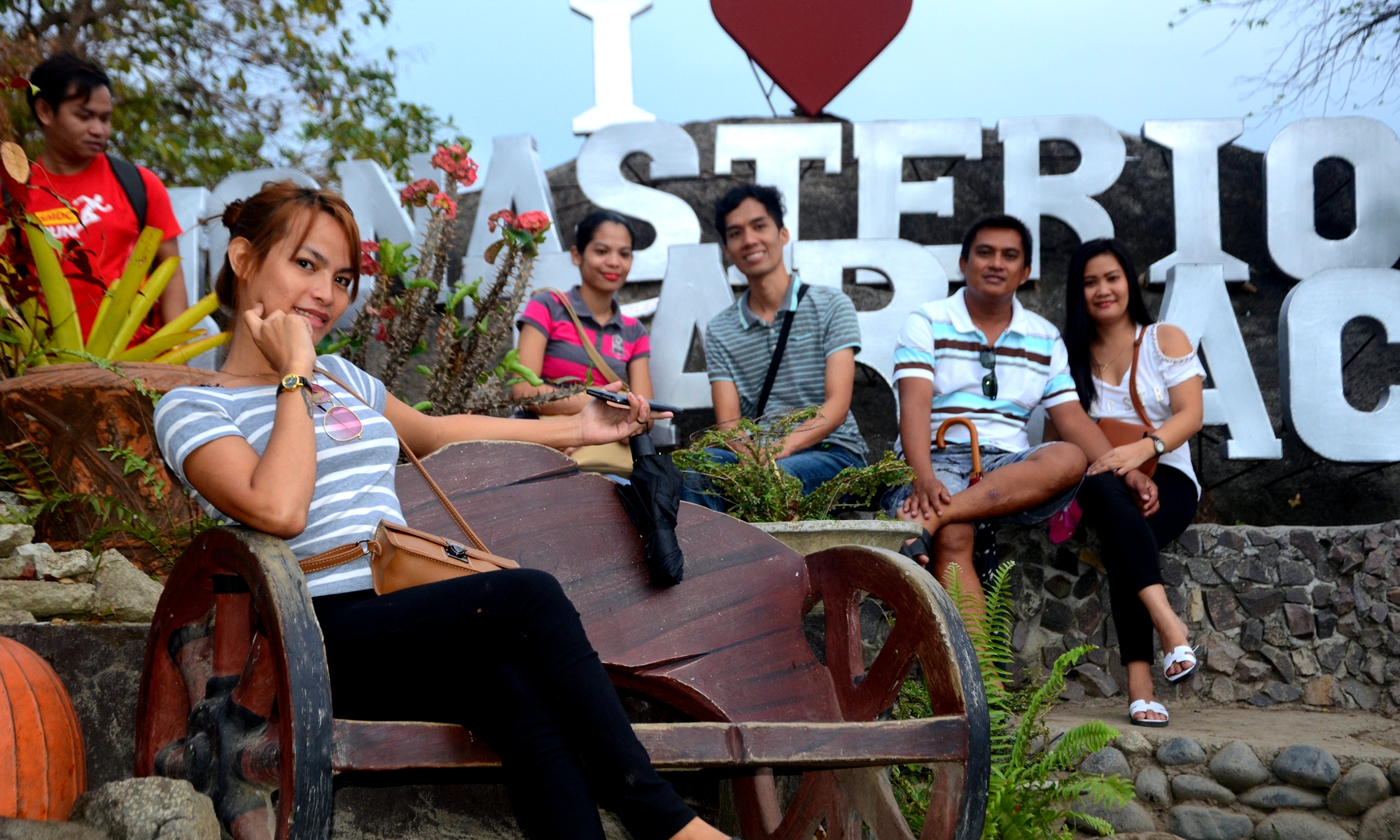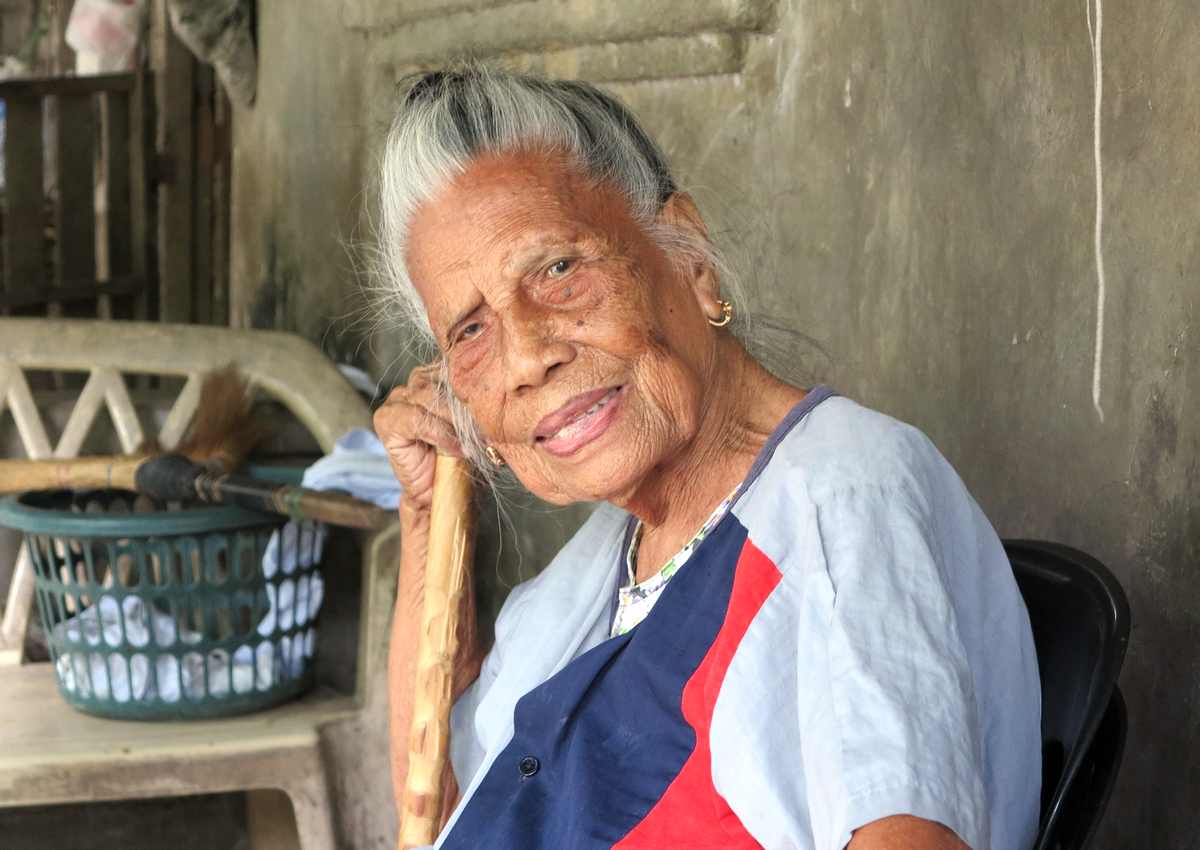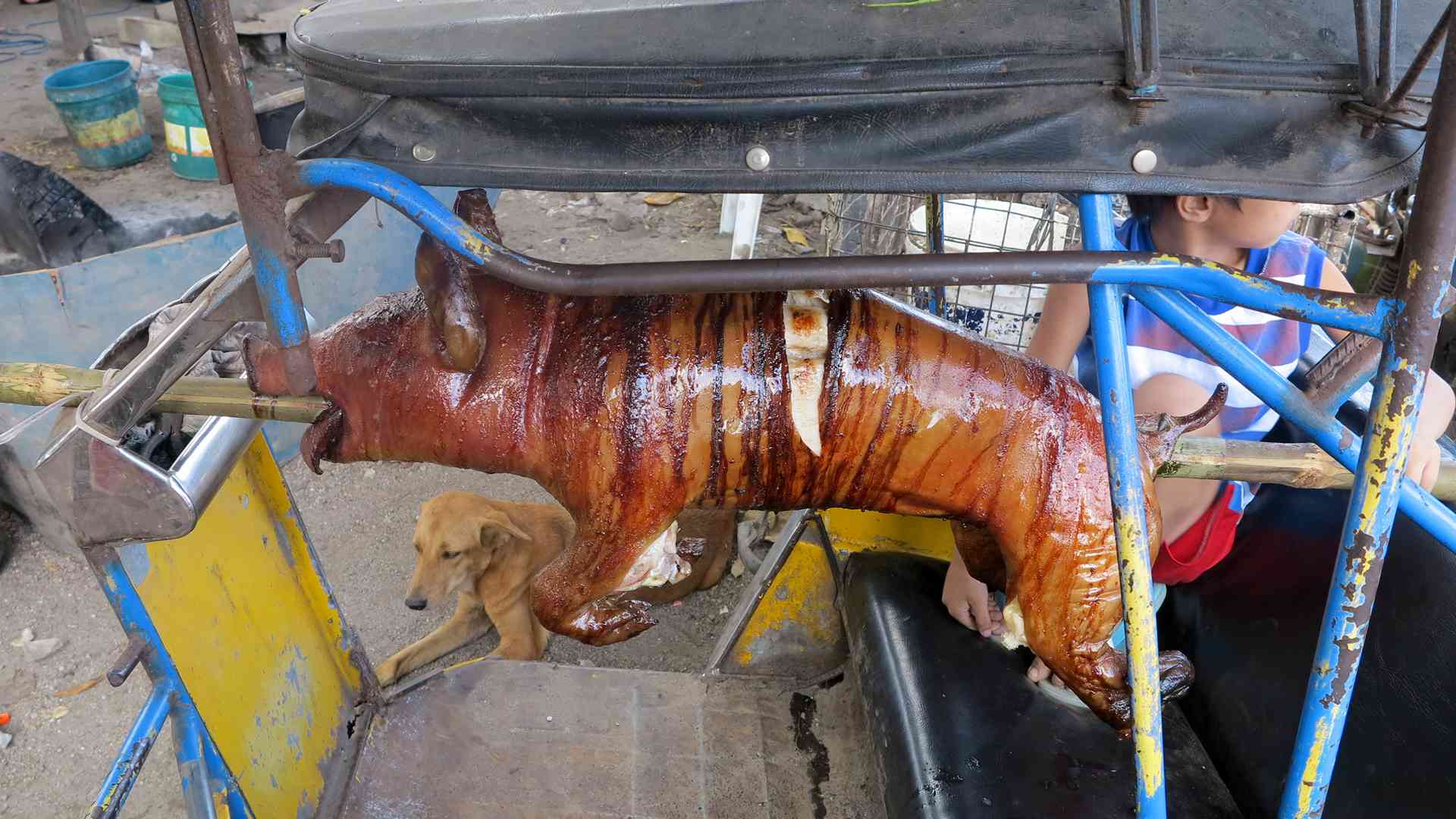Originally posted 2015-10-06 11:30:05.
 I’ve spent a lot of time looking at how societies might have been structured before the development of agriculture. Clearly, we can’t directly study the human groups that existed outside Africa between 50,000 and 10,000 years ago, because they no longer exist. So I also looked at relatives of humans, particularly our closest, bonobos, Pan paniscus.
I’ve spent a lot of time looking at how societies might have been structured before the development of agriculture. Clearly, we can’t directly study the human groups that existed outside Africa between 50,000 and 10,000 years ago, because they no longer exist. So I also looked at relatives of humans, particularly our closest, bonobos, Pan paniscus.
Our ancestors left very little evidence. Although they did use stone and bone, a great deal of their artefacts were made of wood or leather and were perishable. The few that we do have are somewhat mysterious.
To try to shed light on this, we reviewed a wide range of anthropological literature. We especially concentrated on extant traditional societies, of which there are a surprising number, despite the attempts by religious fundamentalists, especially the Christian and Muslim ones, to eradicate them. (As a matter of fact, Islam has been less damaging to many traditional societies than Christianity, as we see from the number of traditional groups still living, and respected, in Indonesia.)
We reviewed the mythology that was recorded soon after the invention of writing, in Sumer in the 5th Millennium BCE. We then compared this to modern mythologies which form part of traditional cultures. We also looked at similar species, and that’s where bonobos came in.
[kofi]








